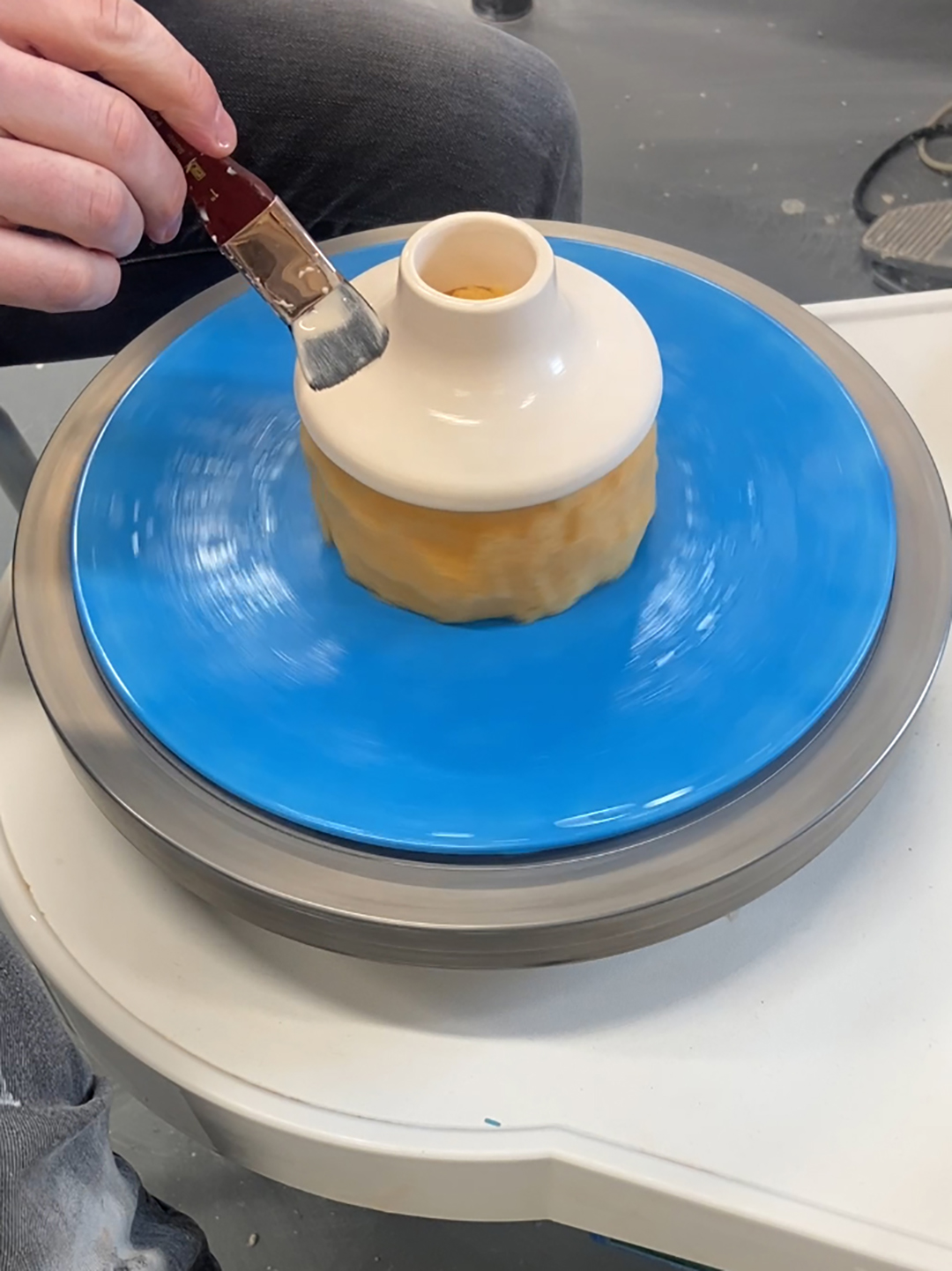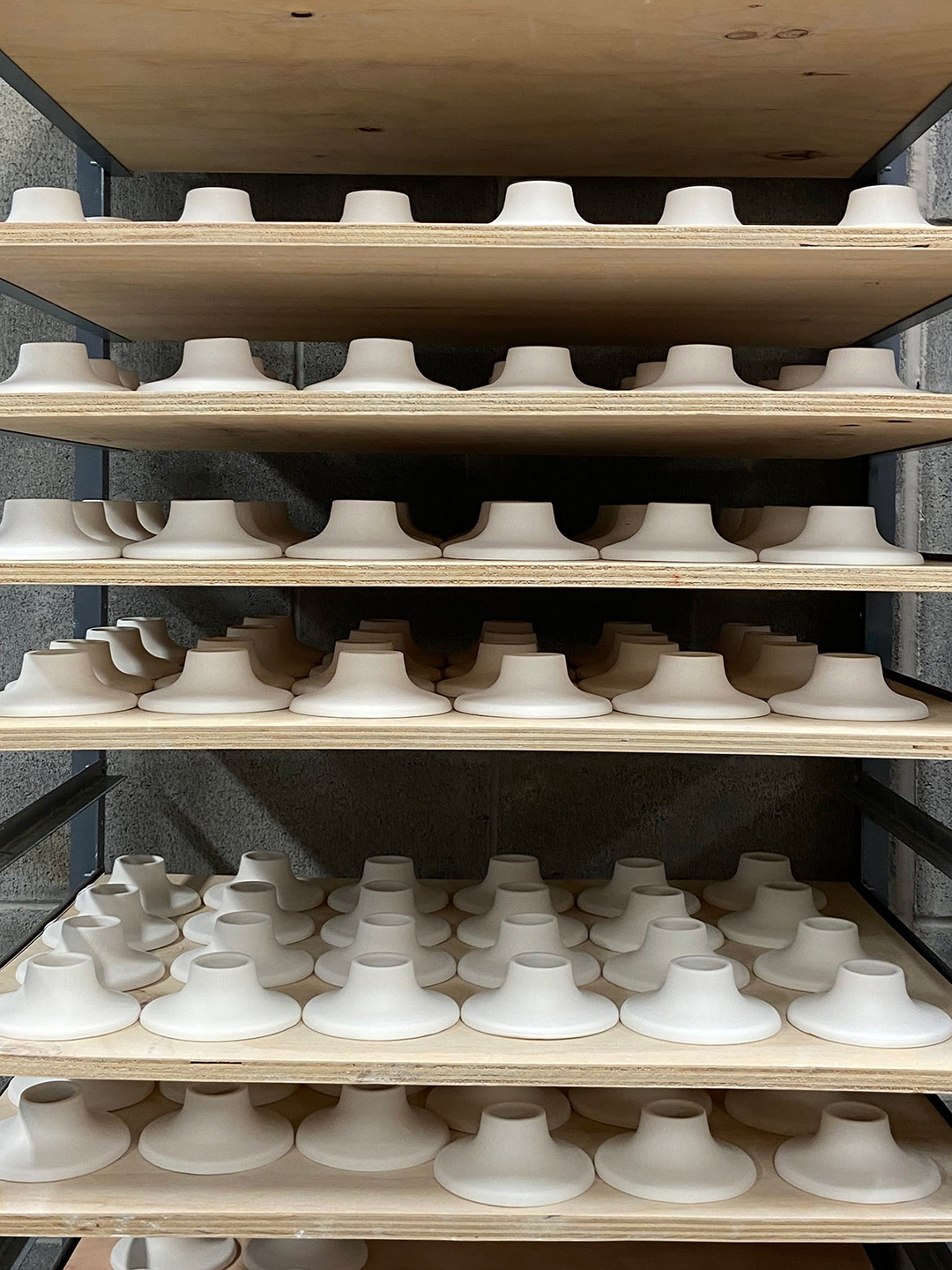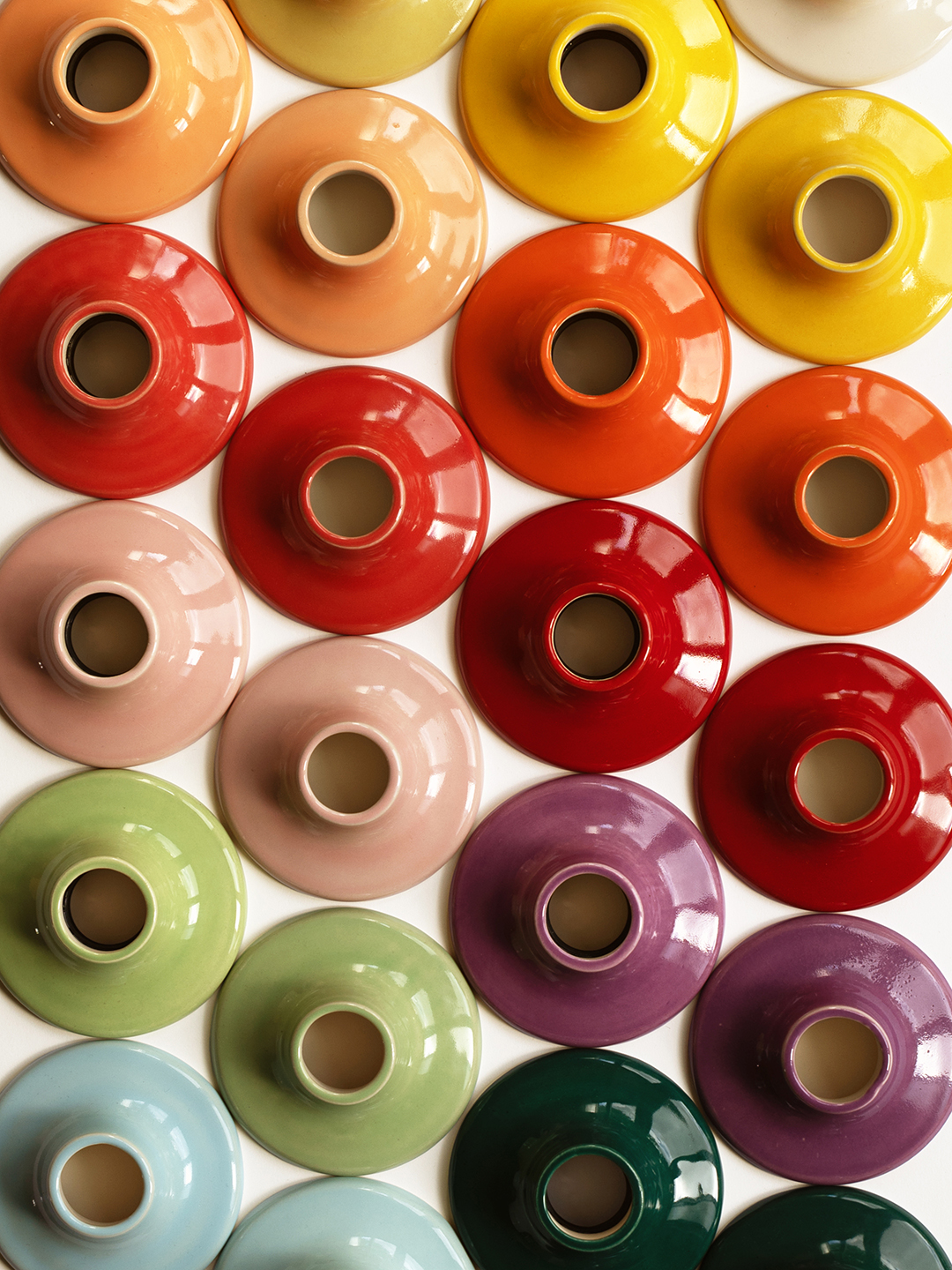We could generate income from the products featured on this page and take part in affiliate marketing programs.
There’s a common joke shared between architects and interior designers: a designer might spend generously on a beautiful antique sconce or a unique chandelier, while the architect will respond, “Sure, it looks nice, but does it really illuminate the space?”
It was a challenge that architects Serene Kim and Elliot Meier repeatedly encountered on construction sites—so frequently, they began creating tailored fixtures on their own. “I’ve been crafting lighting fixtures for projects for more than a decade,” Meier explains.


Last May, the pair officially launched Equal Equal, a new lighting studio that provides custom-made pieces designed by the architects and delivered directly to your home. The name comes from the architectural symbol for equal length (EQ, short for equal).Equal Equaltransfers Kim and Meier’s meticulous approach to two collections—the Frankie and the Vianne.

The classic Frankie lights($240) include ceramic bases that are manufactured and finished in their New York City studio, offering 18 different color and glaze options. As part of the Frankie collection, theSena light($780) features a Frankie light base combined with a hand-blown glass shade, offering enjoyable color combinations.

The Jessica pendant(pricing starting at $2,800) pays homage to the lively glass creations of a 1920s French group recognized for their striking colors and unique shapes. The glass is crafted on request at Brooklyn’s KEEP studio, and then put together by Kim and Meier, who combine each item with cozy, modern hardware.

The vibrant fixture is crafted to blend seamlessly above a wooden dining table as it does suspended against a tiled bathroom wall. Meier humorously likens its function to that of a film’s secondary character. “An Oscar-winning secondary actor, though,” he adds.
Although a pink-and-yellow fixture could appear to be a daring option for a hallway with white walls, Kim and Meier advise their clients to remain receptive. “We aim to demonstrate that color touches don’t need to be loud to create a statement,” Kim says. “Occasionally, the most surprising pairings end up being the most balanced.”






